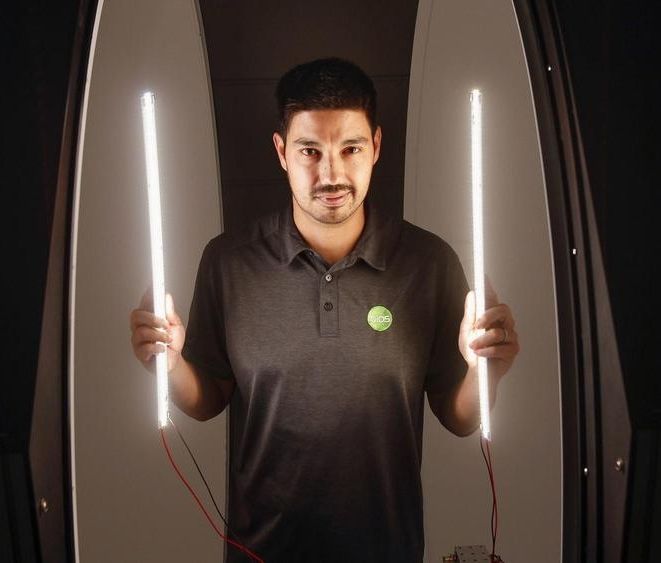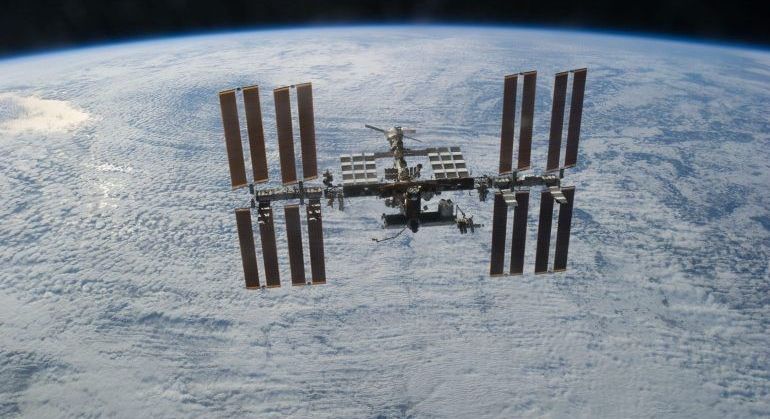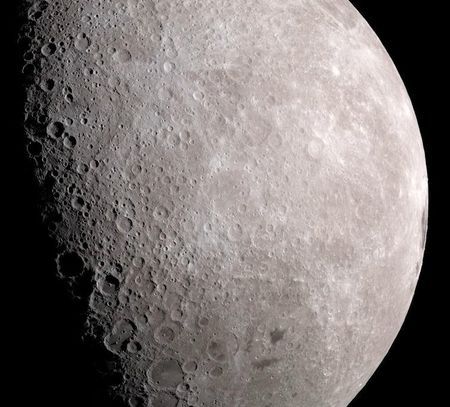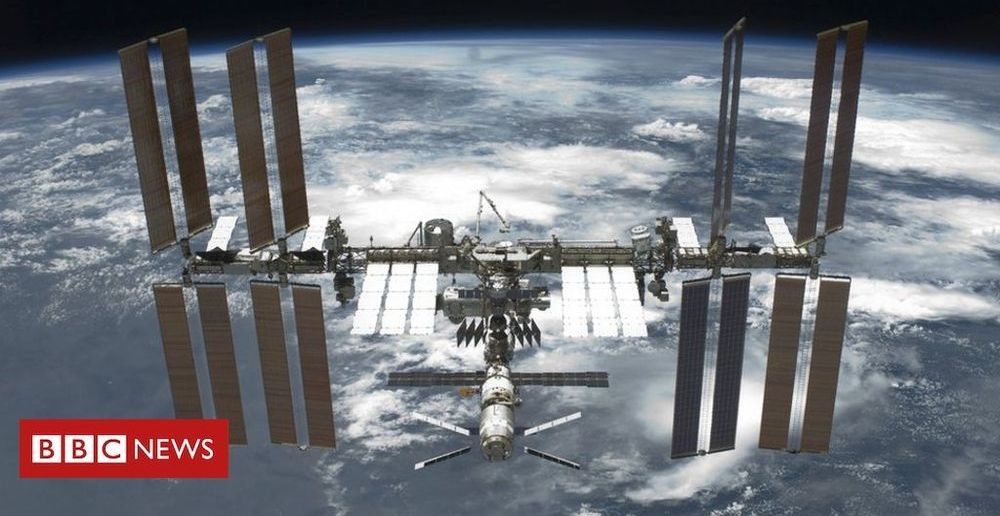The Vajra (thunderbolt) tradition goes back at least to Amen of the Egyptian Old Kingdom. It passes on through thunderbolt-wielding Zeus/ Jupiter; and is also found in India and Tibet in the Vajrayana (Tantra) tradition. Tantra entails the study of all relevant traditions to determine the best. It contradicts neither science or religion. This C19th Tibetan tsakli is from a group of five Vajragarudas. Several ancient Egyptian emblems that survive in tsakli are given in Hypermodern Magick/ Khemetic Chess (Vol 2 of 3, Mandrake of Oxford series). This type of Buddhism seems particularly suitable for radical futurists.
Category: space – Page 941


First geoengineering experiment to dim the sun on track for 2019
© Getty Harvard scientists will attempt to replicate the climate-cooling effect of volcanic eruptions with a world-first solar geoengineering experiment set for early 2019.
The Stratospheric Controlled Perturbation Experiment (SCoPEx) will inject calcium carbonate particles high above the earth in an attempt to reflect some of the sun’s rays back into space.
It will likely mark the first time the controversial concept of dimming the sun — more scientifically known as stratospheric aerosol injection (SAI) — will be tested in the real world.


From fruit flies to Boy Scouts: A brief history of science in space
The formal handover of the Chinese payload to NanoRacks at the Space Life Sciences Lab in Cape Canaveral, Florida. Photo credit: NanoRacks.
Small effort, big gains
Clearly, a lot of progress has been made toward making the space lab more analogous to the Earth lab in the past few years, and NanoRacks has played no small part in those improvements. Despite the challenges that still remain for microgravity research, some truly significant work has been accomplished. With just a little more investment, Carruthers believes, much larger gains can be made.




 © Getty Harvard scientists will attempt to replicate the climate-cooling effect of volcanic eruptions with a world-first solar geoengineering experiment set for early 2019.
© Getty Harvard scientists will attempt to replicate the climate-cooling effect of volcanic eruptions with a world-first solar geoengineering experiment set for early 2019.